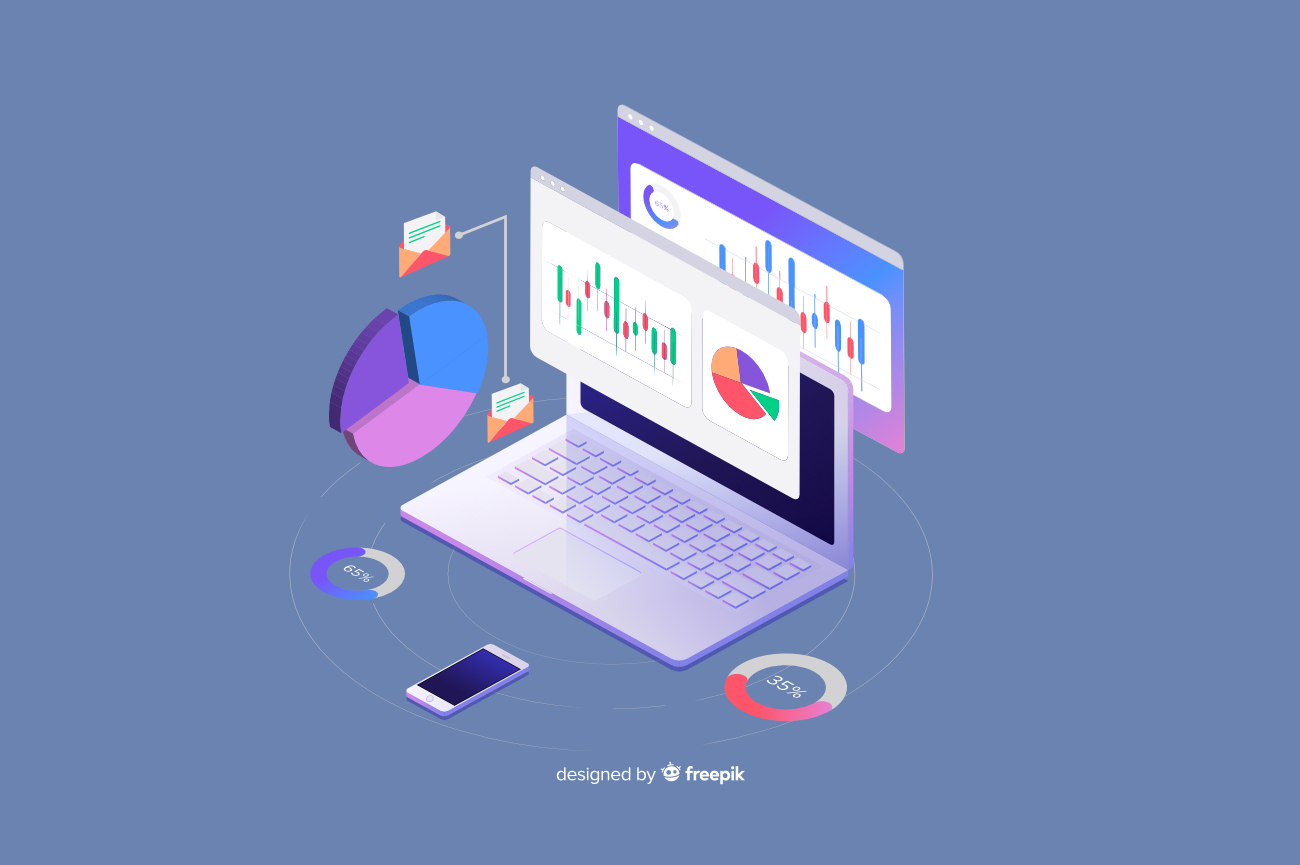
Predictive Analytics refers to the process for using current and historical data together with statistical techniques, machine learning, data mining and Predictive Modeling to determine the probability for the certain event occurring in the future.
In the Marketing Context, Predictive Analytics involves the use of Current and Historical Campaign data together with Statistical Techniques, Data Mining, Machine Learning, and Predictive Modeling to determine the probability of a certain event occurring in the future. By the use of Predictive Analytics marketing, marketers are able to establish accurate future predictions for user’s behavior. Such insights can help them know the marketing actions and strategies that are most likely to succeed. Thus, it drives Marketing Decisions.
The technology is widely used for various industries, including, but not limited to, banking and financial services, telecommunications, insurance and IT, retail, eCommerce, government, healthcare, manufacturing, defense, energy, transportation and logistics and many more.
How do Predictive Marketing Analytics Works?
Use Amazon to give an instance of Predictive Marketing Analytics. Amazon’s landing page displays personalized items for the each and every customer. They collect data for a customer based on their past purchases and use that data to forecast what the customer is most likely to purchase in the future. This results in personalized recommendations. But it’s more complex than that.
Amazon will still consider the items the customer has clicked in the past, what the customer has shown interest in, and the most preferred suppliers for the customer. Such rich information helps Amazon to make accurate recommendations. The result of this will be more sales and increased customer satisfaction. There are many other companies using Predictive Marketing Analytics other than Amazon.
5 things to know about Predictive Analysis in Marketing
Since 2015, Forrester study identified predictive lead scoring as one of the top three use cases of predictive marketing analytics. In practice, the process comes down to using past customer data to rank identified prospects according to their likelihood to convert.
Depending on your business model, you can use this data to trigger relevant marketing messages and prioritize your sales team’s outreach efforts when a prospect reaches a certain threshold in your lead scoring model.
If you don’t know whether you should segment your audience based on their behavior, demographics, firmographics, interests and any other variable, predictive analytics can help.
By experimenting with different cluster models, they will be able to find patterns that you may not have expected, and that way arrive at audience segments that make the most sense for your business.
While pretty much all successful ecommerce businesses (Amazon and Zalando) and streaming services (Netflix and Spotify) are experts in using collaborative filtering to come up with relevant product, series or song recommendations, most marketers have yet to embrace similar tactics.
In practice, collaborative filtering comes down to using past behavior (for instance - aggregate-level content consumption patterns within a particular segment) to make recommendations for content consumption, cross-sell, or upsell.
For instance, let’s say that you found out that most of your new customers in the retail industry started a trial immediately after reading a particular case study of a Fortune 500 retail business. Based on this behavioral data from a specific segment, you might well want to introduce this particular case study to your retail prospects at an earlier stage to see if you can shorten the sales cycle.
For the long period of time, personalization was synonymous with “Hey (firstName)” emails. But here’s the good news: predictive analytics can help you go far beyond that.
Going back to your meaningful audience segments, lead scoring (aka recognizing an individual prospect’s propensity to buy) and triggered content recommendations, you are able to increase not only the relevance of your marketing activities but also their return on investment.
Taking your segmentation one step further, you can use your customer data to create identification models. In practice, this comes down to identifying and targeting prospects that resemble your existing customers in some meaningful way. A common instance of this is Facebook’s lookalike audiences. You can use this feature to upload a list of the emails of your best customers, based on which Facebook starts targeting your ads to people similar to these customers.
Benefits of Predictive Analytics Marketing
The Benefits of Predictive Analytics Marketing are listed such as:
Lorem ipsum viverra feugiat. Pellen tesque libero ut justo, ultrices in ligula. Semper at. Lorem ipsum dolor sit amet elit. Non quae, fugiat nihil ad. Lorem ipsum dolor sit amet. Lorem ipsum init dolor sit, amet elit. Dolor ipsum non velit, culpa! elit ut et.
Lorem ipsum dolor sit amet elit. Velit beatae rem ullam dolore nisi esse quasi, sit amet. Lorem ipsum dolor sit amet elit.